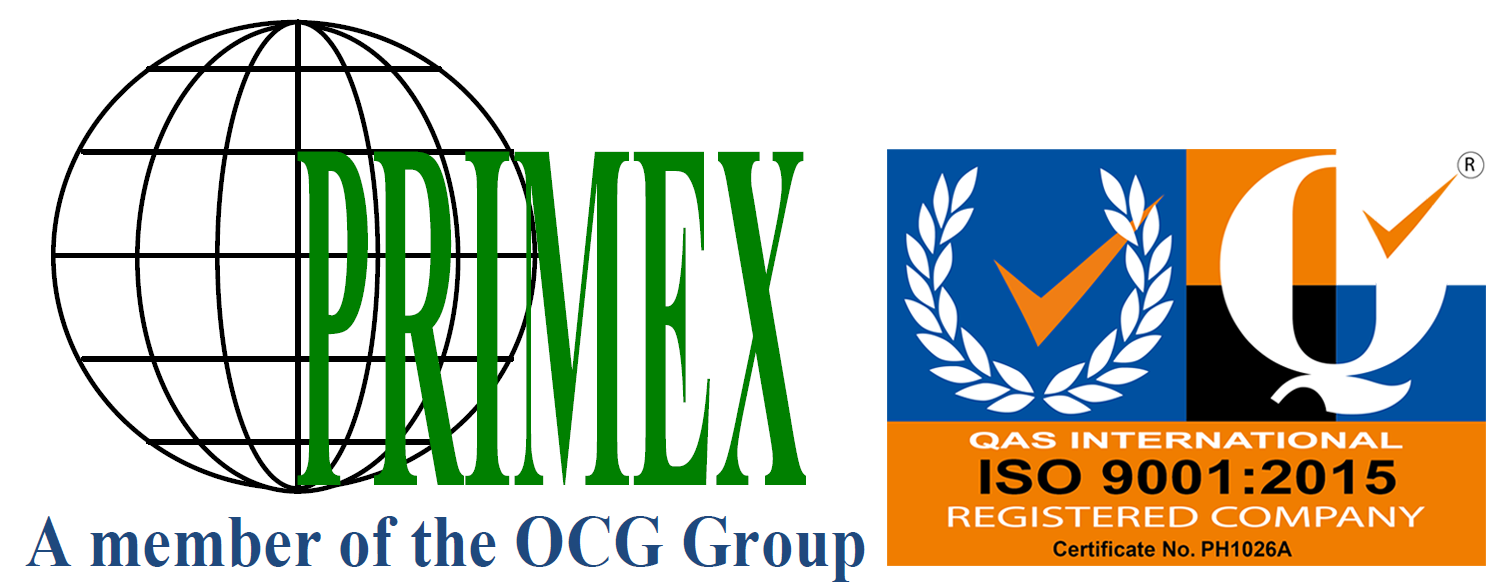Name of Client:
Department of Transport, Communication, and Infrastructure (DTC&I) of the Government of Federated States of Micronesia
Country:
Federated States of Micronesia
Length of Consultancy Assignment:
Start Date: September 2022
Completion Date: July 2024
Detailed Narrative Description of Project:
The purpose of this assignment is to deliver the following Project Readiness Financing (PRF) outputs to prepare ensuing and subsequent pipeline of projects suitable for ADB-financing: (i) Output 1: Scope of sector policies, strategies, and investments identified; (ii) Output 2: Detailed engineering designs and bidding documents prepared and implementation contracts procured; (iii) Output 3: Innovative tools for road rehabilitation works in the Federated States of Micronesia piloted; and (iv) Output 4: Capacity of executing and implementing agencies and implementation arrangements tested. The assignment will include construction supervision as part of a single consulting services package. Supervision services will be financed by the ensuing project if performance is satisfactory. To ensure the transfer of knowledge and lessons learned from pilot-testing high-level technologies and the replication of the overall project delivery approach to implementation of the ensuing project, a single package for PRF and construction supervision services are required. This is expected to help reduce project start-up delays, which are often associated with mobilizing the project consultants to the project sites.
PRIMEX is fielding an International Environmental Safeguards Specialist (ESS) who will undertake the screening of each subproject and prepare the necessary initial environmental examinations (IEEs) for the ensuing project. The ESS will: (i) review and update the IEE drafted for the pilot project after further detailed design and ensure monitoring and reporting in compliance with national laws and ADB’s safeguard requirements; (ii) review the scope and activities of the proposed subprojects and screen their potential impacts on the environment to determine the environmental categorization for each subproject in the tentative list; (iii) prepare the screening applications (with prescribed checklists) as required by state authorities (Environmental Protection Agency [EPA]) for each subproject that will be formally submitted to EPA by the DTC&I; (iv) identify all permits, licenses and approvals/clearances required for the construction and operation of the project including which stage they are required, timeframe to obtain, and who will have primary responsibility for obtaining them (Department of Finance and Administration [DOFA], DTC&I or contractor etc. – to be documented in the section of the IEEs covering policy, legal and administrative framework); (v) In consultation with the EPA to develop the IEEs for each state based on subprojects that is to be prepared for the ensuing ADB-financed project(s); (vi) establish the environmental baseline and conduct surveying and testing as necessary to benchmark the physical, biological, and socioeconomic conditions properly and fully. This will include maps clearly identifying locations of ecological values and sensitive receptors; (vii) upon completion of the baseline, prepare the necessary environmental assessment documentation as well as the requisite Environmental Management Plan (EMP) which will include measures to prevent/avoid or mitigate adverse environmental impacts predicted to occur during the construction periods, and incorporate as specific actions in the scope of civil works contract; (viii) after detailed design of each subproject, update the EMPs reflecting any conditions on IEE approval required by EPA and prepare draft method statements for other management plans such as traffic management and health and safety plans (to be integrated into EMP) as required and ensure that bidding documents will include EMP (this will include guidelines for the management of COVID-19 in the workplace and on construction sites as released by the World Health Organization); (ix) supervise the inclusion of mitigation actions required during the design phase as prescribed in the IEE and EMP and incorporate a proposal for environment monitoring which includes quantities and cost estimates; (x) monitor and report on the impact of project actions on the environment, and any reported grievances during implementation, to be documented in quarterly progress reports in a format consistent with ADB's project performance reporting system, and semi–annual safeguard monitoring reports indicating progress achieved, with key implementation issues and solutions; (xi) during evaluation of bids, assist in the review of contractor bids, in respect of response to environmental management provisions; (xii) in coordination with the social and gender specialist in the team, assist DTC&I in public consultations with stakeholders and disclose relevant project information including the draft safeguard documents in accordance with ADB’s Safeguard Policy Statement (SPS) and Access to Information Policy; (xiii) identify specific training needs for DTC&I safeguard staff or consultants on all aspects of environmental assessment and management and deliver necessary capacity building trainings at the project level; and (xiv) submit draft safeguard documents to DTC&I and ADB and finalize these incorporating comments.
